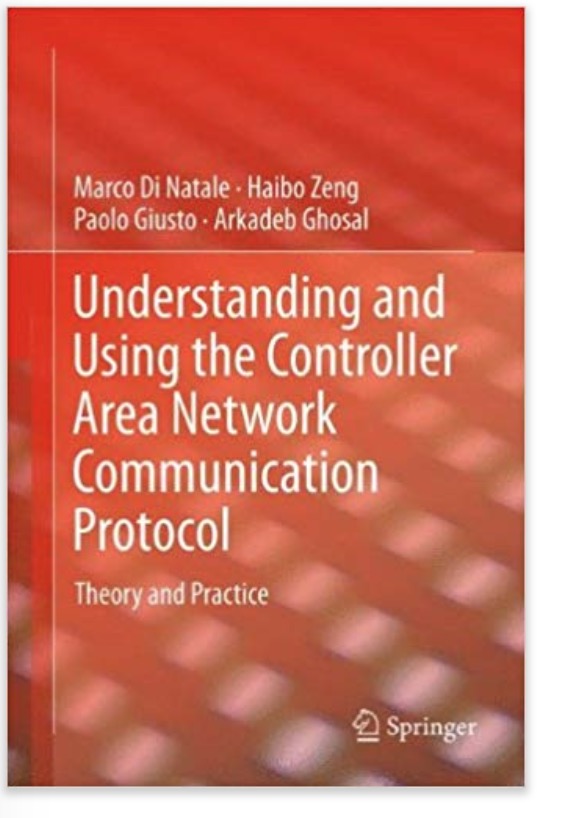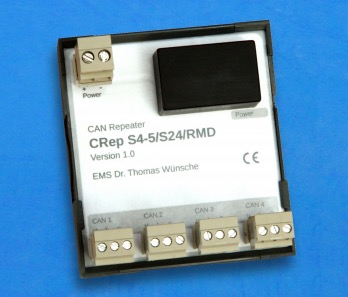Recent Posts
CAN Bus Repeater With Four ISO 11898 Ports
Posted by on
The compact CAN Bus Repeater CRep S4 by EMS Wuensche (Germany) transmits and amplifies signals transparent to the CAN Bus protocol. Each of the four CAN Bus connections has the physical behavior of a single bus node.
The repeater module permits a flexible design of the network topology but offers special support for star-structured networks. In addition, tree structures and long stub lines are supported. The flexibility of applying a customized network structure will result in considerable cost savings during the installation.
The repeater will allow running higher CAN Bus baud rates in networks that were previously restricted due to poor network quality. In the same sense, it will allow adding more nodes to the CAN Bus network through the use of sub-networks.
Each subnet can increase the number of CAN nodes, which is limited by the drivers' output current. In cases where CAN Bus signals are transmitted over long distances, the CRep S4 module can be used for signal conditioning.
The capability to detach erroneous segments from the rest of the CAN Bus system reduces the impact on the intact bus segments for the most commonly occurring errors.
Features
- Protocol transparent CAN Bus repeater
- 4 CAN Bus channels
- Low propagation delay
- ISO 11898 compatible bus interface
- Detach of dominant locked bus segments
- Rail mountable
More Information
- Download/View the EMS Wuensche CRep S4 CAN Bus Repeater data sheet (PDF)...
- Download/View the EMS Wuensche CRep S4 CAN Bus Repeater user manual (PDF)...
- More Information...
Understanding and Using the Controller Area Network Communication Protocol: Theory and Practice
 This book to offers a hands-on guide to designing, analyzing and debugging a communication infrastructure based on the Controller Area Network (CAN) bus.
This book to offers a hands-on guide to designing, analyzing and debugging a communication infrastructure based on the Controller Area Network (CAN) bus.
Although the CAN bus standard is well established and currently used in most automotive systems, as well as avionics, medical systems and other devices, its features are not fully understood by most developers, who tend to misuse the network. This results in lost opportunities for better efficiency and performance.
These authors offer a comprehensive range of architectural solutions and domains of analysis. It also provides formal models and analytical results, with thorough discussion of their applicability, so that it serves as an invaluable reference for researchers and students, as well as practicing engineers.
 Loading... Please wait...
Loading... Please wait...

